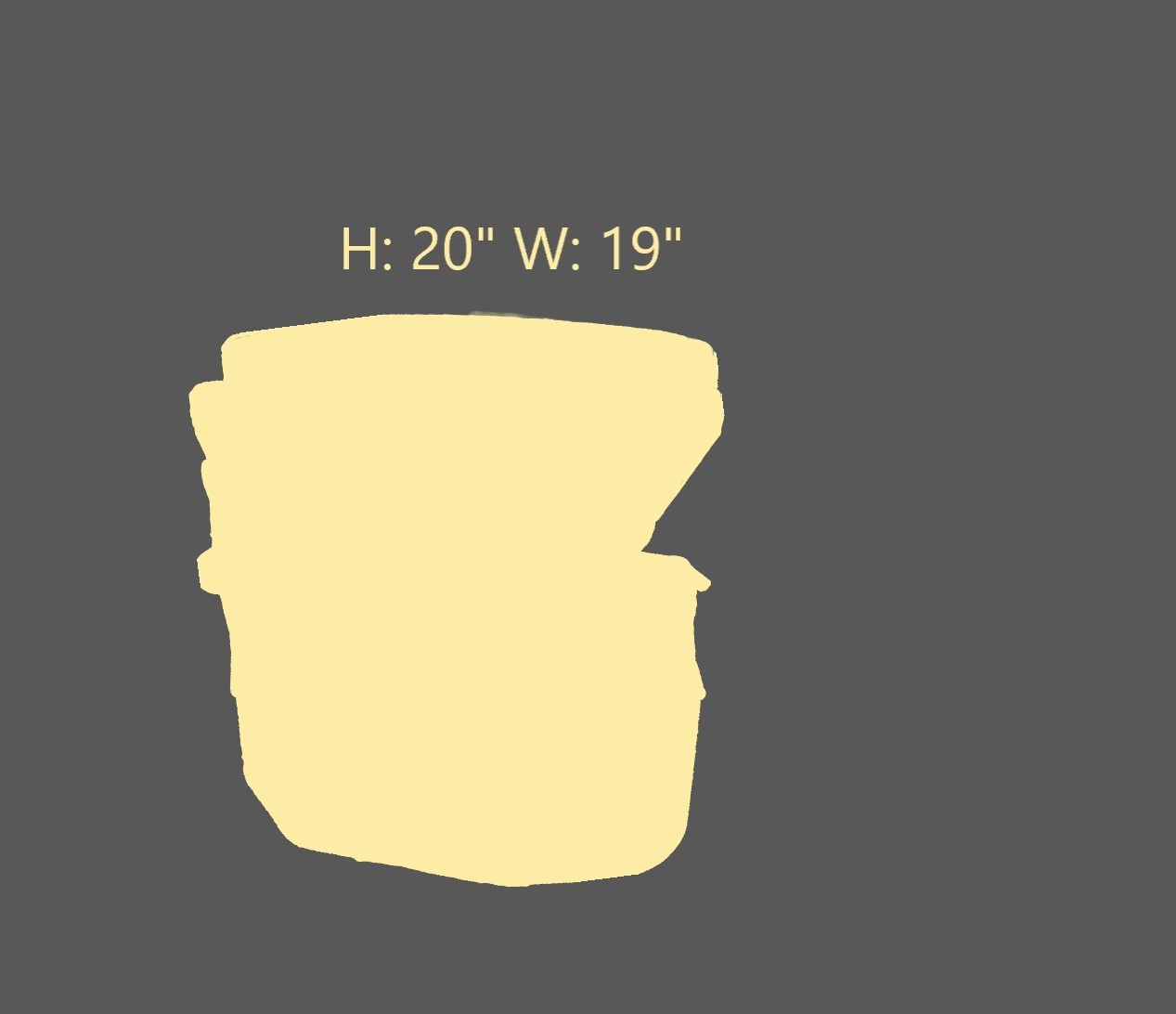Comparison to Other Waterless Toilets
We combine the best of all current technology with a bit of TFP innovation.
With respect to our predecessors, learn why the TFP Composting Toilet might just be the toilet solution for you.
first of all...our toilet:
TfP Composting Toilet
- Medium-sized footprint (29.5" high x18. 25" wide) - including the urine collection container at the back.
- Uses urine diversion with collection behind the unit into a 2.5-gallon container which is easily removed without opening the toilet.
- Uses a two-chamber system (rotating drum and finishing drawer).
- Uses a rotating drum technology to accelerate aerobic composting.
- Uses a medium sized (7-gallon) rotating drum technology to accelerate aerobic composting.
- Uses a relatively large finishing chamber (6-gallon).
- Includes a standard sized toilet seat that can be easily swapped out with an alternative off-the-shelf seat if desired.
- Made with HDPE manufactured from recycled materials.
- Uses off-the-shelf components so it is easy to source extra containers or spare parts.
- $895 with free shipping in the continental USA
Two-chamber Composting
Relatively large footprint (32"high x 23" wide).
Does not use urine diversion. After urine comes in contact with feces, it drains into a chamber with a 2.4 amp heating element to dehydrate pathogenic leachate discharge.
Uses a two-chamber system (rotating drum and finishing drawer)
Uses a rotating drum technology to accelerate aerobic composting.
Relatively large rotating drum with a gear system for turning.
Relatively small (4-gallon) finishing chamber.
To repair would require specialized parts from the manufacturer.
$1500+
single-chamber Composting
- Relatively small footprint (20" high x 19" wide).
- Uses urine diversion with collection into a 2.2-gallon container which is removed by opening the top of the unit (which exposes the solid waste chamber).
- Uses a spinning auger technology to accelerate aerobic composting.
- Uses a single-chamber with 7-gallon total solid waste capacity. When emptying, both fresh waste and composted material are mixed together.
- Custom seat molded into the system - no option to use an off-the-shelf toilet seat.
- To repair would require specialized parts from the manufacturer.
- $900+
dry toilet
- Medium-sized footprint (25" high x 22" wide).
- Does not use urine diversion.
- Uses single-use disposable foil and plastic liners to contain and seal the solid and liquid waste.
- Foil, waste, and plastic liners are disposed of in the landfill or incinerated.
- Liners must be regularly replaced.
- To repair would require specialized parts from the manufacturer.
- $1000+ (plus recurring cost of plastic liner refills)




